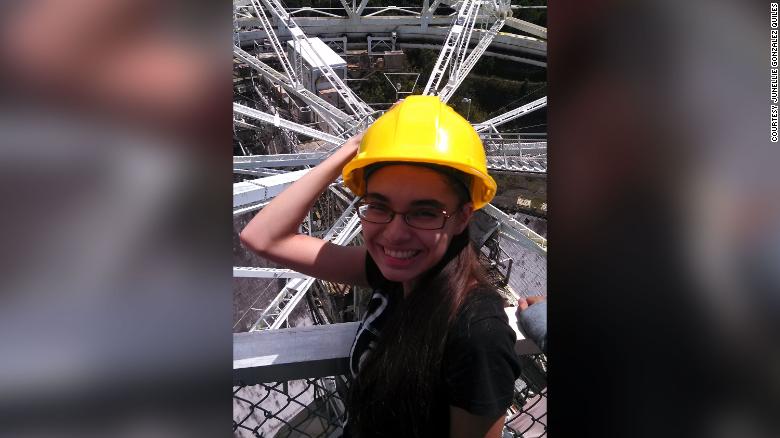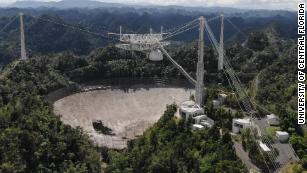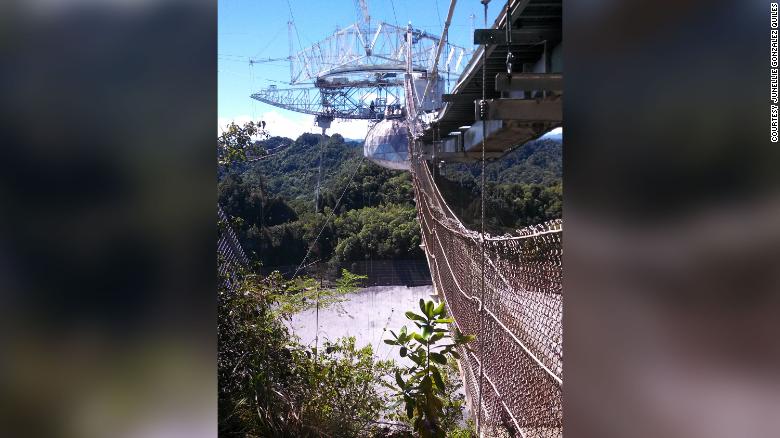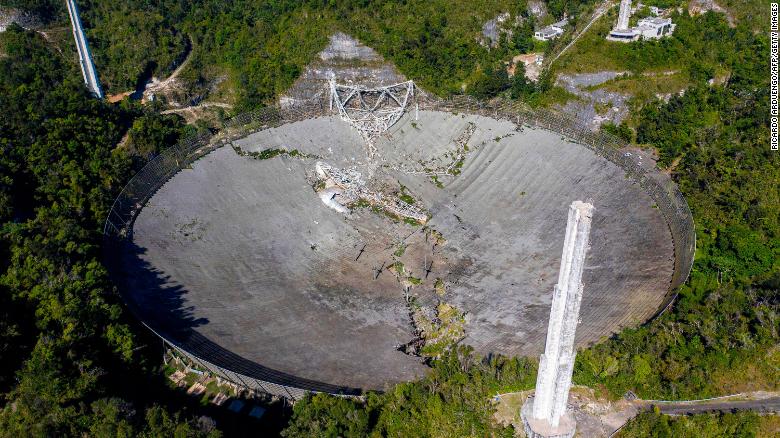How Joe Biden’s Digital Team Tamed the MAGA Internet
The campaign’s empathetic digital strategy held up surprisingly well against President Trump’s passionate digital following.

By Kevin Roose
Dec. 6, 2020
Last April, when Rob Flaherty, the digital director for Joe Biden’s presidential campaign, told me that the former vice president’s team planned to use feel-good videos and inspirational memes to beat President Trump in a “battle for the soul of the internet,” my first thought was: Good luck with that.
After all, we were talking about the internet, which doesn’t seem to reward anything uplifting or nuanced these days. In addition, Mr. Trump is a digital powerhouse, with an enormous and passionate following, a coalition of popular right-wing media outlets boosting his signal, and a flair for saying the kinds of outrageous, attention-grabbing things that are catnip to the algorithms of Facebook, Twitter and YouTube. And after I wrote about Mr. Biden’s comparatively tiny internet presence last spring, I heard from legions of nervous Democratic strategists who worried that using “heal the nation” messaging against the MAGA meme army was like bringing a pinwheel to a prizefight.
But in the end, the bed-wetters were wrong. Mr. Biden won, and despite having many fewer followers and much less engagement on social media than Mr. Trump, his campaign raised record amounts of money and ultimately neutralized Mr. Trump’s vaunted “Death Star” — the name his erstwhile campaign manager, Brad Parscale, gave to the campaign’s digital operation.
Figuring out whether any particular online strategy decisively moved the needle for Mr. Biden is probably impossible. Offline factors, such as Mr. Trump’s mishandling of the pandemic and the economic devastation it has caused, undoubtedly played a major role. But since successful campaigns breed imitators, it’s worth looking under the hood of the Biden digital strategy to see what future campaigns might learn from it.
After the election, I spoke with Mr. Flaherty, along with more than a dozen other people who worked on the Biden digital team. They told me that while the internet alone didn’t get Mr. Biden elected, a few key decisions helped his chances.
1. Lean On Influencers and Validators
In the early days of his campaign, Mr. Biden’s team envisioned setting up its own digital media empire. It posted videos to his official YouTube channel, conducted virtual forums and even set up a podcast hosted by Mr. Biden, “Here’s the Deal.” But those efforts were marred by technical glitches and lukewarm receptions, and they never came close to rivaling the reach of Mr. Trump’s social media machine.
So the campaign pivoted to a different strategy, which involved expanding Mr. Biden’s reach by working with social media influencers and “validators,” people who were trusted by the kinds of voters the campaign hoped to reach.
“We were not the biggest megaphone compared to Trump, so we had to help arm any who were,” said Andrew Bleeker, the president of Bully Pulpit Interactive, a Democratic strategy firm that worked with the Biden campaign.
One validator at the top of the team’s list was Brené Brown, a research professor and popular author and podcast host who speaks and writes about topics like courage and vulnerability. Dr. Brown has a devoted following among suburban women — a critical demographic for Mr. Biden’s campaign — and when Mr. Biden appeared as a guest on her podcast to talk about his own stories of grief and empathy, the campaign viewed it as a coup.
Also high on the list was the actor Dwayne (The Rock) Johnson, whose following skews center-right and male. Mr. Johnson’s endorsement this fall of Mr. Biden and his running mate, Senator Kamala Harris, created a so-called permission structure for his followers — including some who may have voted for Mr. Trump in 2016 — to support Mr. Biden, members of the campaign staff told me.
As a political independent & centrist, I’ve voted for both parties in the past. In this critical presidential election, I’m endorsing&.Progress takes courage, humanity, empathy, strength, KINDNESS & RESPECT.We must ALL VOTE: bit.ly/DJVote2020
Perhaps the campaign’s most unlikely validator was Fox News. Headlines from the outlet that reflected well on Mr. Biden were relatively rare, but the campaign’s tests showed that they were more persuasive to on-the-fence voters than headlines from other outlets. So when they appeared — as they did in October when Fox News covered an endorsement that Mr. Biden received from more than 120 Republican former national security and military officials — the campaign paid to promote them on Facebook and other platforms.
“The headlines from the sources that were the most surprising were the ones that had the most impact,” said Rebecca Rinkevich, Mr. Biden’s digital rapid response director. “When people saw a Fox News headline endorsing Joe Biden, it made them stop scrolling and think.”
ON TECH WITH SHIRA OVIDE: Your guide to how technology is transforming our lives — in the time of coronavirus and beyond.Sign Up
2. Tune Out Twitter, and Focus on ‘Facebook Moms’
A frequent criticism of Hillary Clinton’s 2016 campaign was that it was too focused on appealing to the elite, high-information crowd on Twitter, instead of paying attention to the much larger group of voters who get their news and information on Facebook. In 2020, Mr. Biden’s digital team was committed to avoiding a repeat.
“The whole Biden campaign ethos was ‘Twitter isn’t real life,’” Mr. Flaherty said. “There are risks of running a campaign that is too hyper-aware of your own ideological corner.”
As it focused on Facebook, the Biden campaign paid extra attention to “Facebook moms” — women who spend a lot of time sharing cute and uplifting content, and who the campaign believed could be persuaded to vote for Mr. Biden with positive messages about his character. Its target audience, Mr. Flaherty said, was women “who would go out and share a video of troops coming home, or who would follow The Dodo,” a website known for heartwarming animal videos.
One successful clip aimed at this group showed Mr. Biden giving his American flag lapel pin to a young boy at a campaign stop. Another video showed Mr. Biden, who has talked about overcoming a stutter in his youth, meeting Brayden Harrington, a 13-year-old boy with one. Both were viewed millions of times.
Voters also responded positively to videos in which Mr. Biden showed his command of foreign policy. In January, after a U.S. drone strike killed the Iranian general Qassim Suleimani, the campaign posted a three-minute Facebook video of Mr. Biden explaining the situation. Despite the snoozy title — “Joe Biden Discusses Donald Trump’s Recent Actions in the Middle East” — the video became one of the campaign’s earliest viral successes.

Image The Biden campaign paid to place lawn signs in the Animal Crossing video game. Credit...Joe Biden 2020
The campaign also experimented with lighter fare, putting virtual Biden for President lawn signs in Animal Crossing, the hit Nintendo game, and setting up a custom “Build Back Better” map in Fortnite, the popular battle royale game, in hopes of reaching younger voters. Some of these efforts were more gimmicky than others. But they all reflected the campaign’s decision to take a pro-Biden message to as many corners of the internet as possible.
“Our goal was really to meet people where they were,” said Christian Tom, the head of Mr. Biden’s digital partnerships team.
3. Build a Facebook Brain Trust
One of the campaign’s goals, Biden staff members told me, was promoting content that increased “social trust” — in other words, avoiding the kind of energizing, divisive fare that Mr. Trump has used to great effect.
But Mr. Biden’s digital strategy wasn’t all puppies and rainbows. The campaign also joined ranks with a number of popular left-wing Facebook pages, many of which are known for putting out aggressive anti-Trump content.
They called this group the “Rebel Alliance,” a jokey nod to Mr. Parscale’s “Death Star,” and it eventually grew to include the proprietors of pages like Occupy Democrats, Call to Activism, The Other 98 Percent and Being Liberal. On the messaging app Signal, the page owners formed a group text that became a kind of rapid-response brain trust for the campaign.
“I had the freedom to go for the jugular,” said Rafael Rivero, a co-founder of Occupy Democrats and Ridin’ With Biden, another big pro-Biden Facebook page.

Mr. Rivero, who was paid by the Biden campaign as a consultant, told me that in addition to cross-posting its content on Occupy Democrats, he often offered the campaign advice based on what was performing well on his pages.
During the Republican National Convention, for example, Mr. Rivero noticed that a meme posted by Ridin’ With Biden about Mr. Trump’s comments on Medicare and Social Security was going viral. He notified the rest of the Rebel Alliance group, and recommended that the campaign borrow the message for Mr. Biden’s official Twitter account.
“It was sort of a big, distributed message test,” Mr. Flaherty said of the Rebel Alliance. “If it was popping through Occupy or any of our other partners, we knew there was heat there.”
These left-wing pages gave the campaign a bigger Facebook audience than it could have reached on its own. But they also allowed Mr. Biden to keep most of his messaging positive, while still tapping into the anger and outrage many Democratic voters felt.
4. Promote ‘Small-Batch Creators,’ Not Just Slick Commercials
In its internal tests, the Biden campaign found that traditional political ads — professionally produced, slick-looking 30-second spots — were far less effective than impromptu, behind-the-scenes footage and ads that featured regular voters talking directly into their smartphones or webcams about why they were voting for Mr. Biden.
“All our testing showed that higher production value was not better,” said Nathaniel Lubin, a Biden campaign consultant. “The things that were realer, more grainy and cheaper to produce were more credible.”
So the campaign commissioned a series of simple, lo-fi ads targeted at key groups of voters, like a series of self-recorded videos by Biden supporters who didn’t vote in 2016, talking about their regrets.
In addition to hiring traditional Democratic ad firms, the campaign also teamed up with what it called “small-batch creators” — lesser-known producers and digital creators, some of whom had little experience making political ads. Among the small-batch creators it hired: Scotty Wagner, a former art school professor from California, who produced a video about young people who supported Bernie Sanders in the Democratic primary sharing things they didn’t know about Mr. Biden, and Jawanza Tucker, a TikTok creator, who made a video styled after a TikTok meme about why he was voting for Mr. Biden.
One of the biggest obstacles the Biden campaign faced was a tsunami of misinformation, much of it amplified by the Trump campaign and its right-wing media allies. There were baseless rumors about Mr. Biden’s health, unfounded questions about the citizenship of Ms. Harris and spurious claims about the business dealings of Mr. Biden’s son Hunter.
The campaign formed an in-house effort to combat these rumors, known as the “Malarkey Factory.” But it picked its battles carefully, using data from voter testing to guide its responses.
When the Hunter Biden laptop story emerged, for example, some Democrats — worried that it would be 2020’s version of the Hillary Clinton email story — suggested that the Biden campaign should forcefully denounce it. But the campaign’s testing found that most voters in its key groups couldn’t follow the complexities of the allegations, and that it wasn’t changing their opinion of Mr. Biden.
“We had running surveys so we could see in real-time how people were responding,” said Caitlin Mitchell, a digital adviser for the Biden campaign. “The two big metrics were: Are you aware of this? And many people had heard of it. The secondary category was: Are you concerned by it? And the clear answer was no.”
The campaign still responded to the reports, and Mr. Biden defended his son on the debate stage. But it stopped short of mounting a full-throated counter-messaging campaign.
When it did respond to misinformation, the Biden team tried to address the root of the narrative. After right-wing influencers posted compilation videos of Mr. Biden stumbling over his words and appearing forgetful, the campaign surveyed voters to try to figure out whether the attempt to paint him as mentally unfit was resonating. It discovered that the real concern for many people wasn’t Mr. Biden’s age, or his health per se, but whether he was an easily manipulated tool of the radical left.
The Biden team identified the voters who were most likely to see those clips and ran a targeted digital ad campaign showing them videos of Mr. Biden speaking lucidly at debates and public events.
Mr. Flaherty, the campaign digital director, said the campaign’s focus on empathy had informed how it treated misinformation: not as a cynical Trump ploy that was swallowed by credulous dupes, but as something that required listening to voters to understand their concerns and worries before fighting back. Ultimately, he said, the campaign’s entire digital strategy — the Malarkey Factory, the TikTok creators and Facebook moms, the Fortnite signs and small-batch creators — was about trying to reach a kinder, gentler version of the internet that it still believed existed.
“It was about how do we throw the incentives of the internet for a bit of a loop?” he said. “We made a decision early that we were going to be authentically Joe Biden online, even when
A version of this article appears in print on Dec. 7, 2020, Section B, Page 1 of the New York edition with the headline: How Biden Beat Trump On the Net. Order Reprints | Today’s Paper | Subscribe



















